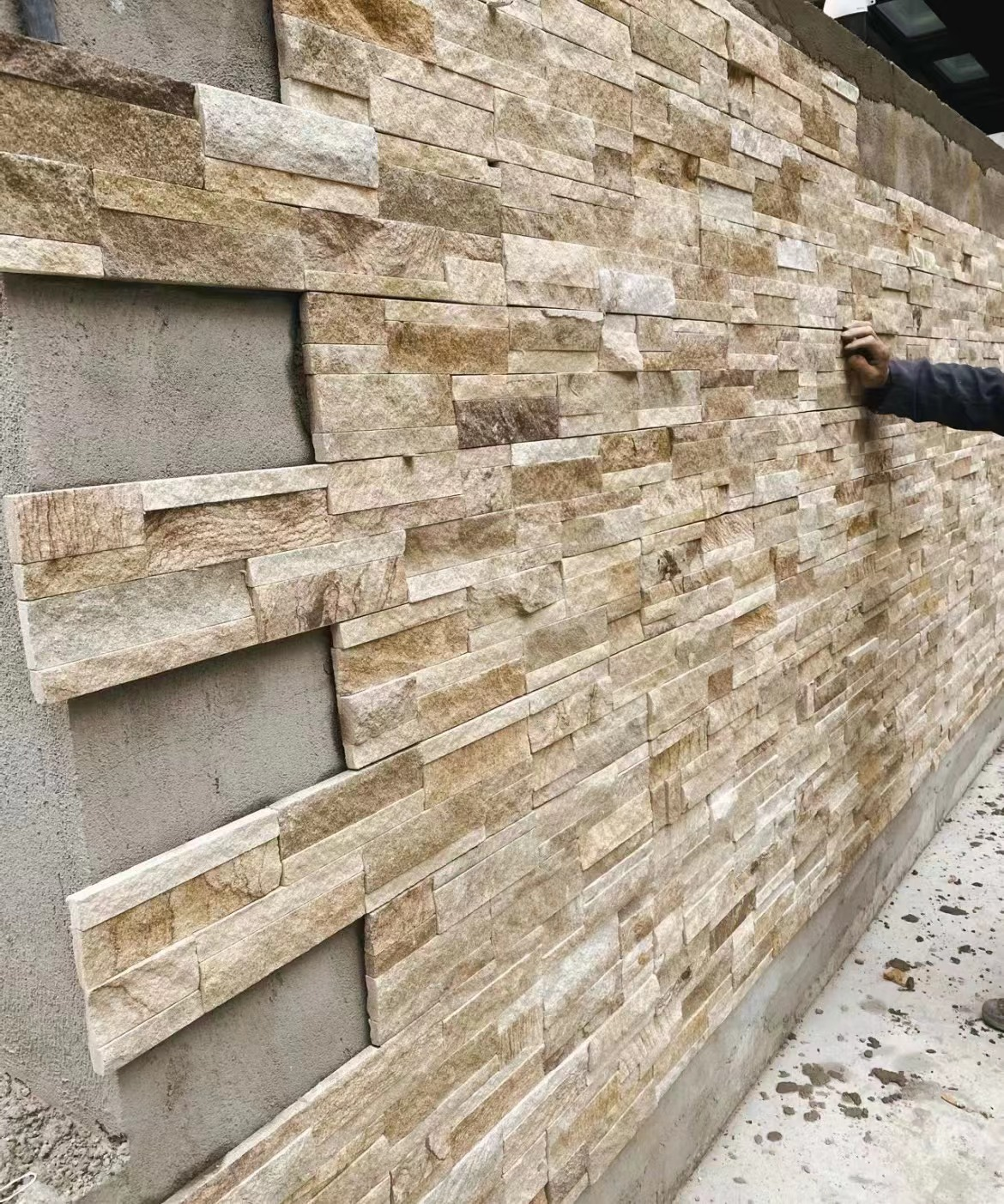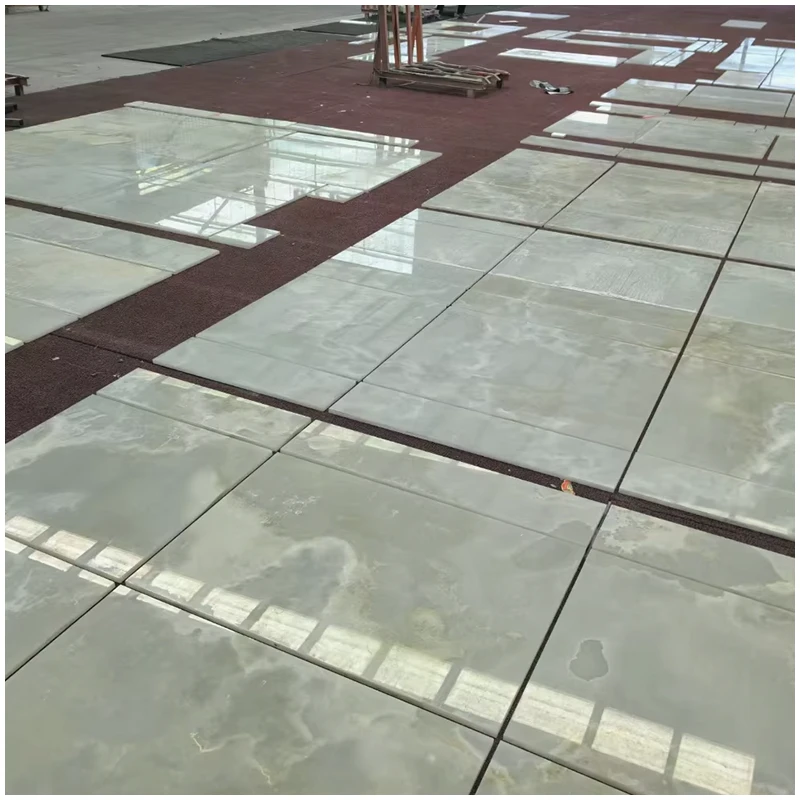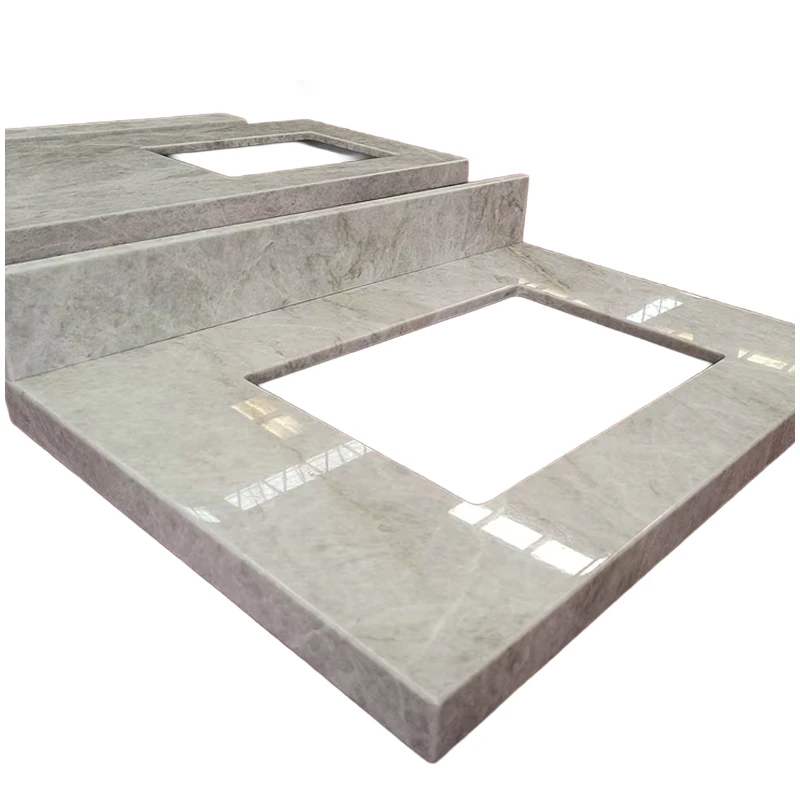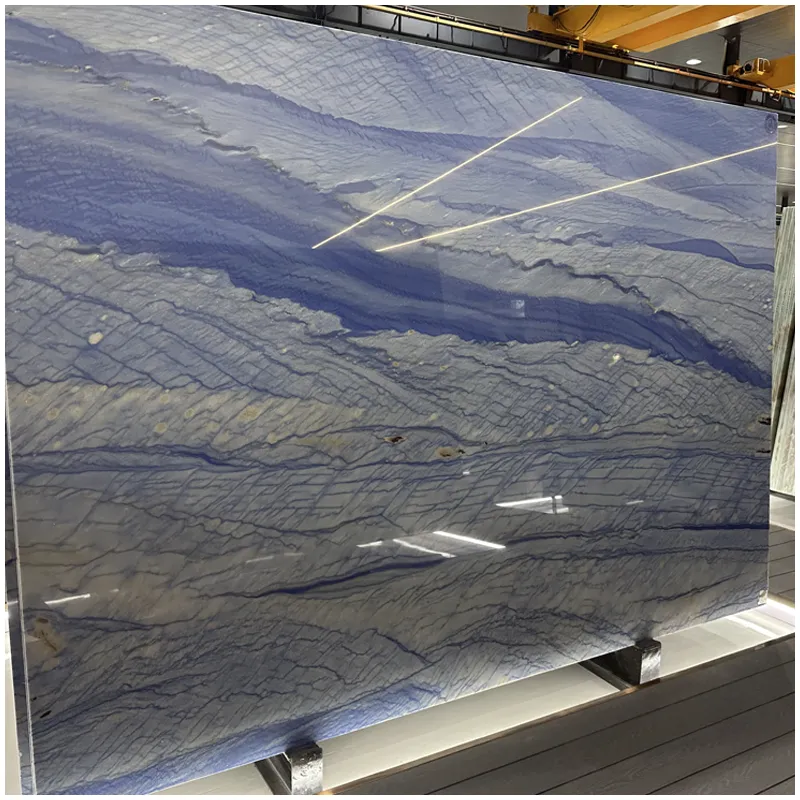Natural Cultured Stones for Sale
Cultured stones, also known as manufactured or faux stones, are man-made materials designed to mimic the appearance of natural stone. They are crafted using a combination of cement, aggregates, and pigments to replicate the texture, color, and shape of various types of stones like granite, limestone, or slate. Cultured stones offer an affordable alternative to natural stone without compromising on aesthetics or durability.
The manufacturing process involves pouring liquid concrete into molds that have been imprinted with real stone patterns. Once set and cured, the resulting cultured stones are then cut into individual pieces for ease of installation. The versatility of cultured stones allows them to be used both indoors and outdoors for a wide range of applications including walls, facades, fireplaces, and landscaping.
Apart from their cost-effectiveness and accessibility in terms of design options, cultured stones also contribute to sustainability efforts by reducing reliance on quarrying natural stone.
Yellow Cultured Stones is one of the popular cultured stone. Yellow cultured stones, also known as synthetic or lab-grown yellow gemstones, have gained immense popularity in the world of jewelry and fashion. These captivating stones possess a mesmerizing yellow hue that rivals the brilliance of their natural counterparts. While genuine yellow gemstones such as diamonds, sapphires, and citrines are highly sought after, their rarity often makes them unattainable for many individuals.
However, technological advancements have allowed scientists to create these stunning lab-grown alternatives with remarkable precision. Yellow cultured stones offer a wide range of benefits over naturally occurring gems. They are affordable yet visually striking, making them an excellent choice for those seeking to make a bold fashion statement without breaking the bank. Moreover, these lab-grown alternatives share similar physical and chemical properties with their natural counterparts, ensuring durability and longevity.

The Manufacturing Process Of Cultured Stones
The manufacturing process of cultured stones involves a series of carefully orchestrated steps to create stunning and durable stone-like products. It begins with selecting high-quality natural materials such as crushed limestone, marble dust, or other aggregates, which are then mixed with a proprietary blend of bonding agents and pigments. This mixture is poured into molds that have been meticulously designed to replicate the texture and appearance of natural stone.
Cultured Stone has created an intricate process to create the most realistic-looking stone product on the market and offer a versatile range of styles.
Cultured marble is made by gathering the dust from real natural marble created during the manufacturing process, or from purposefully crushed marble dust.
By mixing the ingredients together and pouring it into molds, it creates a similar shape and texture that come from natural stone.
Once filled, the molds are vibrated to remove air bubbles and ensure even distribution. The mixture is then left to cure for a specific period, allowing it to harden and gain strength. After curing, the stones are removed from the molds and undergo additional processes like trimming, shaping, and sanding to achieve the desired look. Finally, the stones are treated with various coatings or sealants to enhance their durability and resistance against weathering or staining.
Dimensions of Natural Cultured Stones
Natural Cultured Stones | |
Dydis | 8*36mm,7*36mm, 8*36mm,9*36mm, |
Pakuotės detalės | 1) Plokštė: plastikinė viduje + stiprus plaukioti tinkamas medinis pluoštas išorėje |
2) Plytelės: putplastis viduje + tvirtos medinės dėžės su sustiprintais diržais išorėje. | |
3) Stalviršis: putplastis viduje + tvirtos medinės dėžės su sustiprintais diržais išorėje. | |
Kokybės užtikrinimas: Mūsų kokybės užtikrinimo specialistai griežtai kontroliuoja kiekvieną procesą, kad užtikrintų kokybės standartus ir punktualų pristatymą. | |
Application of Natural Cultured Stone
Cultured stones, also known as manufactured or artificial stones, offer a range of benefits and find extensive applications in the construction industry. One key advantage is their cost-effectiveness compared to natural stones. Cultured stones are typically lighter, which reduces transportation costs and eases installation. Moreover, they can be produced in various shapes, sizes, and colors to mimic the appearance of natural stones while offering greater design flexibility. Another significant benefit is their durability. Cultured stones are resistant to harsh weather conditions, fire, and fading caused by UV rays. They require minimal maintenance and retain their aesthetic appeal for years. In terms of applications, cultured stones are widely used in both interior and exterior projects. They enhance the visual appeal of residential homes, commercial buildings, and landscape designs such as garden walls or pathways. |  |
 | Comparing Natural Stones And Cultured Stones When it comes to choosing the perfect stone for your architectural or landscaping project, two popular options are natural stones and cultured stones. Natural stones, as the name suggests, are formed by nature over thousands of years. They offer unique variations in color, texture, and veining patterns, making each piece one-of-a-kind. On the other hand, cultured stones are man-made products designed to replicate the look of natural stones. They are made from a mixture of cementitious materials and aggregates that are molded and colored to resemble various types of natural stones. While natural stones exude an authentic beauty and timeless appeal due to their organic formation process, cultured stones offer several advantages. Cultured stones tend to be more affordable than their natural counterparts and have a consistent appearance throughout the entire project. |
Natural Cultured Stones Factory


Advantage And Benefits Of Using Natural Cultured Stones
Cultured stones offer a range of advantages and benefits, making them a popular choice for both interior and exterior applications. Firstly, one of the significant advantages is their versatility. Cultured stones are designed to mimic natural stone, offering a wide variety of textures, colors, and patterns to suit any design preference or architectural style. Moreover, cultured stones are lightweight compared to natural stone, making them easier to handle and instal.
This characteristic not only reduces installation costs but also allows for more flexible applications on walls, fireplaces, or even as decorative accents. Additionally, cultured stones are cost-effective alternatives to natural stone. They typically come at a fraction of the price while maintaining an authentic look. Furthermore, they require minimal maintenance compared to natural stone since they are resistant to mold growth and fading over time.














